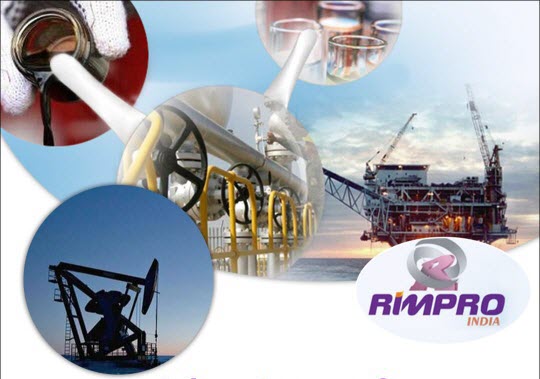 Menu
Menu
Exploring the Mechanisms of Crude Oil Demulsifiers
Crude oil is commonly found in reservoirs along with water and other impurities. To extract and refine the oil effectively, it is essential to separate the water from the oil. This is where crude oil demulsifiers come into play. Demulsifiers are specialty chemicals designed to break down the emulsion and enhance the separation process.
Crude oil emulsions are stable mixtures of water and oil. These emulsions occur naturally due to the presence of surfactants, which lower the interfacial tension between water and oil. The water droplets become encapsulated in the oil phase, forming a stable emulsion that hinders the separation of oil and water.
Role of Crude Oil Demulsifiers
Crude oil demulsifiers act as surface-active agents that promote the separation of water from the oil phase. They help reduce the interfacial tension between water and oil, allowing the water droplets to coalesce and separate from the oil. Demulsifiers achieve this by altering the properties of the emulsion and destabilizing the water droplets.
Mechanisms of Crude Oil Demulsifiers
Adsorption
Demulsifiers adsorb onto the water-oil interface, disrupting the surfactant film that stabilizes the emulsion. This adsorption weakens the interfacial tension and promotes the coalescence of water droplets.
Coalescence
Once demulsifiers adsorb onto the interface, they facilitate the collision and coalescence of the water droplets. By reducing the repulsive forces between the droplets, demulsifiers encourage the merging of water droplets, leading to their eventual separation from the oil phase.
Flocculation
Demulsifiers can also induce flocculation, which involves the aggregation of smaller water droplets into larger clusters. This process is achieved by the demulsifier molecules bridging the water droplets together, forming flocs that can be easily separated from the oil.
Electrostatic Stabilization
In some cases, crude oil emulsions are stabilized by electrostatic charges on the water droplets. Demulsifiers can disrupt this stabilization mechanism by neutralizing the charges, causing the droplets to destabilize and coalesce.

Factors Affecting Demulsifier Performance
Several factors influence the effectiveness of crude oil demulsifiers. These include:
Temperature
Temperature plays a significant role in demulsifier performance. Different demulsifiers exhibit varying efficiency at different temperatures. Generally, higher temperatures enhance the demulsification process by reducing the viscosity of the oil and promoting the mobility of demulsifier molecules.
Salinity
The salinity of the crude oil emulsion affects the demulsification process. Higher salt concentrations can interfere with demulsifier performance, as they can compete with the demulsifier molecules for adsorption onto the water-oil interface. Therefore, demulsifiers must be formulated to accommodate specific salinity levels.
Oil Composition
The composition of the crude oil, including its asphaltene and resin content, can impact the demulsification process. Demulsifiers need to be tailored to the specific oil composition to effectively destabilize the emulsion.
Application of Crude Oil Demulsifiers
Crude oil demulsifiers find extensive application in various processes within the oil and gas industry. Some of the key applications include:
Offshore Oil Production
In offshore oil production, crude oil demulsifiers are used to enhance the separation of water from the oil at offshore platforms. Efficient demulsification reduces the weight and volume of the oil-water mixture, facilitating its transportation through pipelines.
Refining Processes
During the refining of crude oil, demulsifiers aid in the removal of water and impurities from the oil. This improves the quality of the refined products and prevents operational issues such as corrosion and fouling in the refining equipment.
